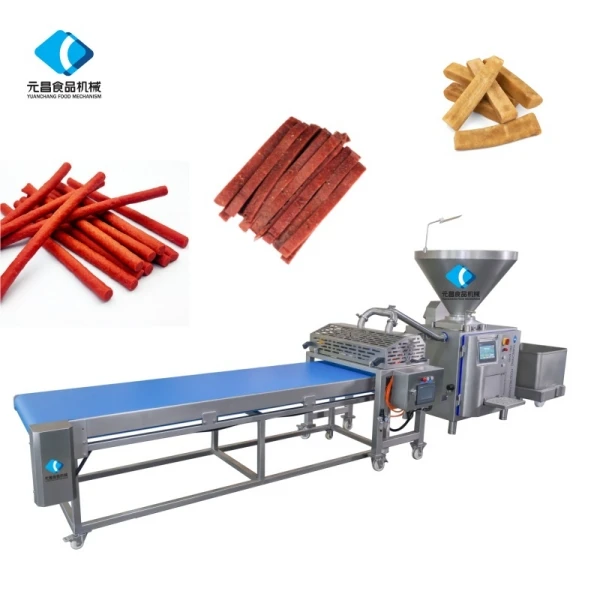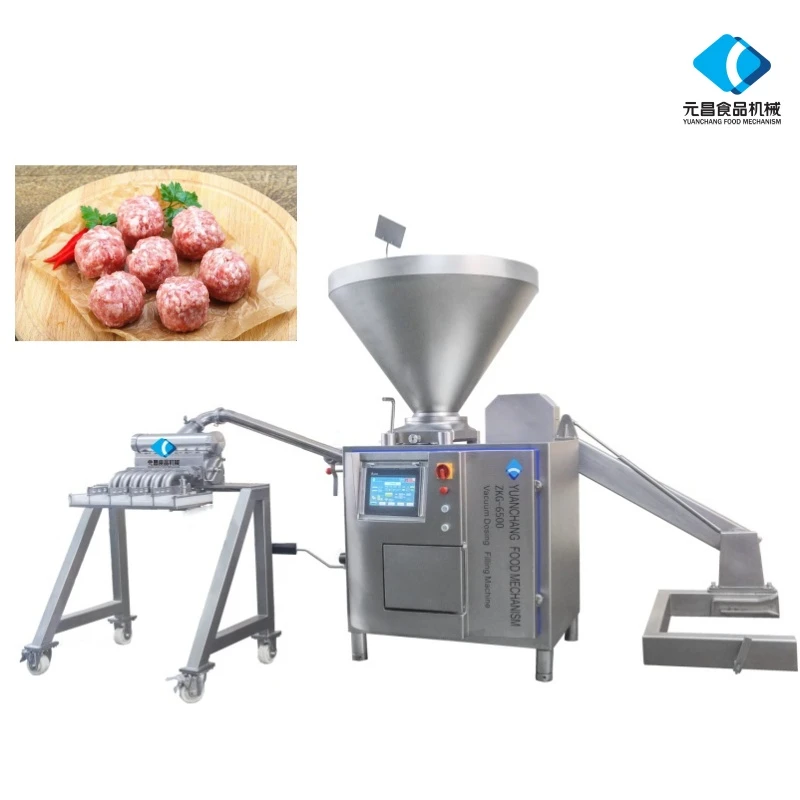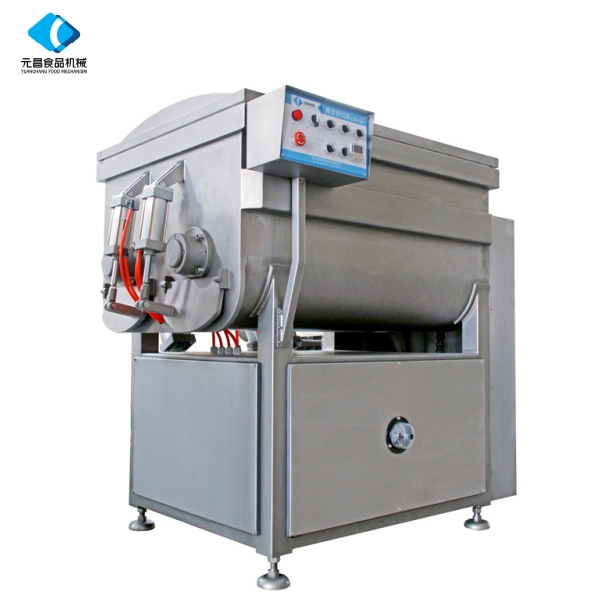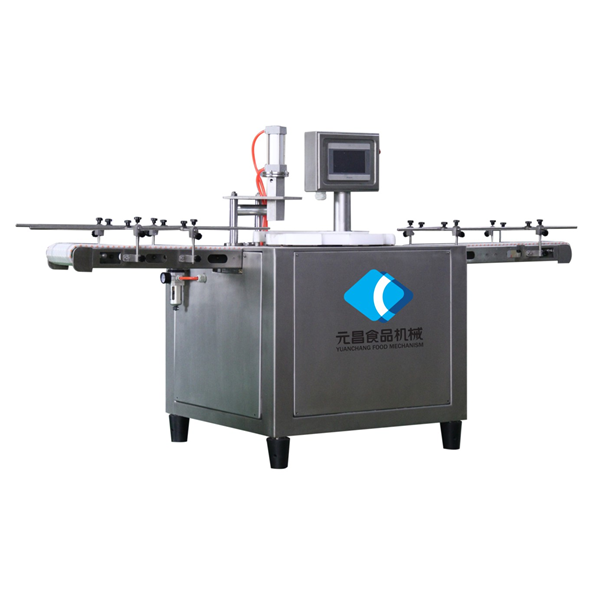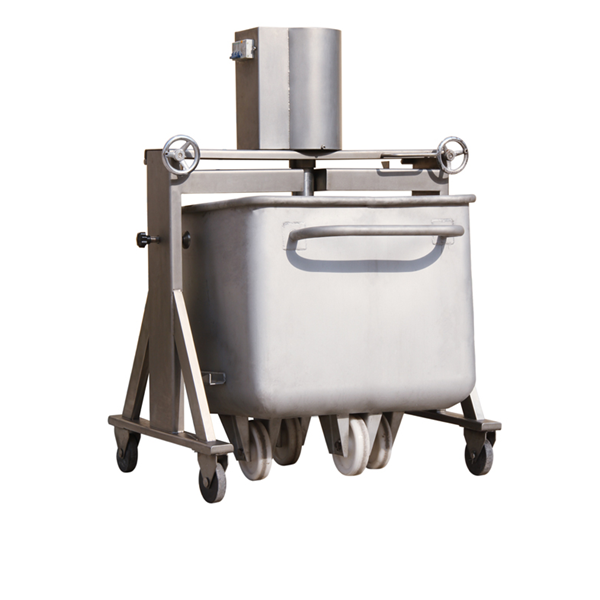Meat Canning Machine: Essential Technology for Food Preservation and Safety
Understanding the Meat Canning Machine: Why It Matters Worldwide
Meat canning machines might not be headline news, but their impact on global food security and industry is profound. These devices help preserve meat safely for the long haul, contributing to reduced food waste, easier transportation, and reliable nutrition in places where fresh meat is hard to come by. Whether it’s a bustling commercial cannery in Europe or a humanitarian aid shipment headed for a remote community, knowing how meat canning machines work and what to look for is key for manufacturers, distributors, and consumers alike.
According to the Food and Agriculture Organization (FAO), approximately one-third of all food produced worldwide is wasted at some stage, and meat is among the most perishable and resource-heavy items. Proper canning technology can substantially lower spoilage rates, preserving protein sources for longer and making food accessible where refrigeration isn't reliable.
In short, the meat canning machine isn't just equipment — it’s a frontline tool in tackling nutrition, sustainability, and supply chain challenges globally.
Mini takeaway: Meat canning machines play a subtle but important role in global food systems, reducing waste and extending access to quality protein worldwide.
The Growing Global Importance of Meat Canning Machines
Think about global meat consumption trends: with a population edging toward 8 billion, demand is up, especially in emerging markets. According to the World Bank’s livestock production data, meat production rose steadily over the past two decades. This growth brings logistical headaches — fresh meat is fragile, requires cold storage, and isn’t always practical to ship internationally.
A meat canning machine addresses these problems head-on by sterilizing and sealing cooked meat inside airtight cans, preserving it for months or years. For developing economies, this can equal less reliance on unreliable refrigeration. For disaster zones, canned meat is a dependable protein source that can be stored and distributed efficiently. Plus, as consumers increasingly seek convenience foods, canned meats fit neatly into modern lifestyles.
But there’s a catch. The canning process requires precision — overheating or underprocessing ruins textures or risks microbial contamination. That’s why reliable, efficient meat canning machines are essential: they deliver standardized, safe products at scale.
What Exactly Is a Meat Canning Machine?
Simply put, a meat canning machine is industrial equipment that prepares, sterilizes, and seals meat inside cans or similar containers to make it shelf-stable. They are usually part of automated production lines comprising washing, cooking, filling, sealing, and sterilization units, all designed to meet food safety standards (like ISO 22000).
You can think of these machines as modern-day magic boxes that transform fresh, raw meat — highly perishable and bacteria-friendly — into a safe, ready-to-eat package that travels well and lasts for years without refrigeration.
From a humanitarian viewpoint, these machines help process food donations or local meat supplies in refugee camps or remote villages, drastically improving the ability to supply meat protein over extended periods.
Core Components of a Meat Canning Machine
1. Durability and Sanitary Design
Meat processing is tough on equipment. Machines need corrosion-resistant stainless steel, easily cleanable surfaces, and hygienic seals to prevent contamination. Many engineers insist that almost every part that touches meat should be designed with food-grade materials to comply with strict hygiene standards.
2. Automation & Scalability
Modern meat canning machines vary hugely — from semi-automatic units suitable for small producers to fully automated lines that can process thousands of cans per hour in industrial plants. Flexibility in throughput helps businesses scale or customize offerings.
3. Thermal Precision
The sterilization step involves heating meat-filled cans to eliminate harmful bacteria. Temperature and time must be controlled meticulously — a little too hot and you get mushy meat, too cool and you risk food safety. Reliable PT100 sensors and PLC control systems have become industry standards.
4. Cost-Efficiency & Energy Use
Energy consumption is a major operating cost. Innovations like steam recycling, insulation, and optimized cooking cycles help reduce the carbon footprint and cost per batch. Machine longevity and ease of maintenance add to the total value.
5. Safety Features
Pressure vessels for sterilization require robust safety valves, monitoring systems, and routine certifications. Worker safety is also paramount — emergency stops, protective enclosures, and lockout features are common.
Mini takeaway: The best meat canning machines strike a balance between durability, efficiency, and precise control — all wrapped in a user-friendly and hygienic package.
Global Applications of Meat Canning Machines
- Commercial Meat Production: Large-scale factories in North America, Europe, and Asia utilize advanced canning lines for products like corned beef, luncheon meat, and sausages.
- Humanitarian Aid & Food Security: Organizations like the World Food Programme rely on canned meat for emergency rations delivered to disaster-stricken areas or refugee camps.
- Military & Expeditions: Canned meat is a staple for armies and long-duration expeditions where refrigeration isn’t feasible.
- Remote Industrial Zones: Mining or oil operations in remote locations depend on canned meat as a reliable protein source on-site.
An inspiring example comes from a consortium in Southeast Asia that installed compact meat canning machines near rural farming communities. This reduced spoilage and opened new markets for local producers — a true win-win.
Advantages and Long-Term Value of Meat Canning Machines
Investing in meat canning technology offers clear advantages:
- Extended Shelf Life: Allows meats to be stored safely for years without refrigeration, reducing logistical headaches.
- Reduced Waste: Preservation reduces spoilage, contributing to a more sustainable food system.
- Economic Opportunities: Enables new markets and income streams for producers, especially in developing regions.
- Food Safety & Trust: When done right, canned meats meet stringent health standards, giving consumers peace of mind.
- Environmental Impact: Efficient machinery minimizes energy use, and longer shelf life means fewer discarded products.
Emotionally, it offers dignity and security — knowing families have reliable access to good nutrition even when fresh meat isn’t available.
Looking Ahead: Trends and Innovations in Meat Canning
The packaging and processing world is not standing still. Expect these trends to shape the meat canning machine industry in coming years:
- Digitalization & IoT: Machines with sensors reporting real-time data for quality control and preventive maintenance are gaining ground.
- Green Energy: Steam generation using renewable sources, and waste heat recovery systems, reducing carbon footprint.
- Advanced Materials: Non-stick coatings and antimicrobial surfaces improving sanitation and cleanup cycles.
- Customization & Modular Designs: Equipment that can be easily adapted to different product types or can sizes.
Altogether, these innovations signal a smarter, more sustainable future for meat canning operations.
Challenges and How to Overcome Them
Of course, challenges remain. Common issues include:
- High Initial Investment: Quality machines are expensive upfront, though ROI can justify this long-term.
- Technical Expertise: Trained operators and maintenance personnel are essential, highlighting the need for solid supplier training programs.
- Regulatory Compliance: Navigating diverse food safety laws across countries can be daunting.
- Energy Consumption: Despite improvements, sterilization processes demand significant power.
Many vendors now offer flexible financing, comprehensive training, and after-sales support to soften these barriers. Integrating predictive maintenance and user-friendly interfaces improves uptime and reduces downtime.
FAQ: Practical Questions About Meat Canning Machines
Q1: What types of meat can be canned using these machines?
A1: Most thermally processed meats like beef, pork, poultry, and mixed meat products can be canned. The machine needs adjustment for different textures and fat contents to ensure thorough sterilization without compromising quality.
Q2: How long does the canning process take per batch?
A2: It varies by machine and product but typically ranges from 30 minutes to over an hour, including cooking, sterilizing, and sealing. Faster machines with automation can increase throughput significantly.
Q3: Is it possible to customize machines for smaller-scale operations?
A3: Absolutely. Many manufacturers offer modular or semi-automatic models ideal for small to medium enterprises. These machines balance efficiency with affordability and are designed for easier maintenance.
Q4: How energy-efficient are modern meat canning machines?
A4: Recent models incorporate steam recycling, energy recovery, and insulated sterilization chambers, reducing energy consumption by up to 20-30% compared to older machines. Still, energy use remains a critical operational cost to manage.
Q5: What regulations ensure canned meat safety?
A5: Standards like ISO 22000 or FDA guidelines (USA) specify process controls, hygiene, and labeling to guarantee safety and traceability.
Product Specification Table
| Specification | Details |
|---|---|
| Machine Type | Fully Automated Meat Canning Line |
| Throughput | Up to 4,000 cans/hour |
| Material | Food-grade 304 Stainless Steel |
| Sterilization Method | High-pressure Steam Retort |
| Control System | PLC with Touchscreen Interface |
| Energy Consumption | Approx. 20 kWh per 1000 cans |
| Dimensions (L×W×H) | 12 x 3 x 4 meters |
Comparison of Leading Meat Canning Machine Vendors
| Vendor | Automation Level | Capacity (cans/hr) | Customization | Price Range (USD) |
|---|---|---|---|---|
| YCM Machines | Fully Automated | Up to 4,000 | High | $250k – $500k |
| MeatCan Co. | Semi-Automatic | 1,000 – 2,000 | Medium | $80k – $150k |
| GlobalCan Industries | Automated | 3,000 – 5,000 | High | $300k – $600k |
Final Thoughts and Next Steps
Meat canning machines might be humming quietly behind the scenes, but their role in ensuring that meat remains safe, nutritious, and accessible cannot be overstated. Investing in the right machinery means embracing a methodology that touches sustainability, economic development, and food security simultaneously.
If you’re in the market or just curious to see how these machines can fit your operations — whether large or small — I’d suggest starting with trusted suppliers offering good service and training. For a closer look and a trustworthy partner, check out the range of options at meat canning machine specialists.
Here’s to better preserved meals, less waste, and a future where food security is not just a goal but a reality.
References
-
Discover the Benefits of Vacuum Marinating Machines for Efficient Food ProcessingNewsNov.24,2025
-
The Ultimate Guide to Commercial Chicken Scalders: Efficiency, Sustainability & InnovationNewsNov.23,2025
-
Chicken Harvesting Equipment: Efficient & Humane Solutions for Poultry ProducersNewsNov.22,2025
-
Comprehensive Guide to Meat Processing Plant Equipment | Efficiency, Safety & SustainabilityNewsNov.21,2025
-
Meat Processing Bins: Durable Solutions for Safe & Efficient Meat Handling WorldwideNewsNov.20,2025
-
Best Commercial Marinating Machines for Meat Processing | Efficient & ScalableNewsNov.20,2025





